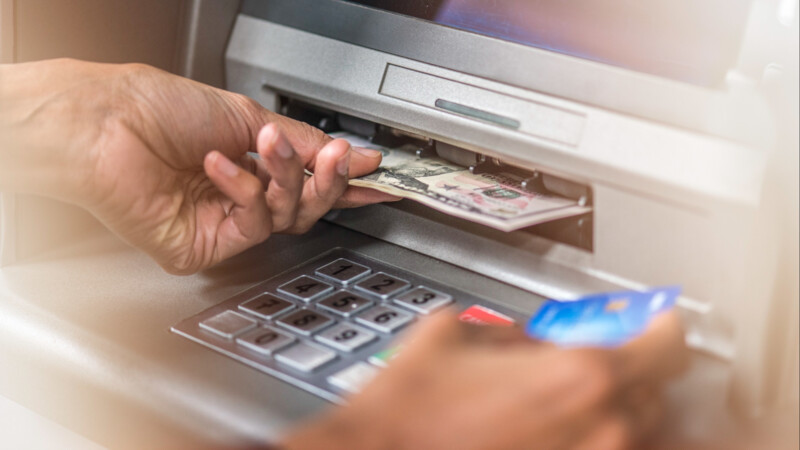Pour la première fois depuis la Seconde Guerre mondiale, les banques nord-américaines se préparent à une baisse des dépôts de leurs clients. Cette nouvelle tendance, après 2 ans de forte hausse, est liée à la remontée des taux d’intérêt et à la progression de l’inflation.
Dépôts bancaires : une inversion de la tendance après 2 ans de hausse
La crise sanitaire a incité les Américains à épargner davantage pour être en mesure de faire face aux imprévus. Au cours des deux dernières années, les dépôts bancaires ont augmenté de 35 % ; cette hausse était de 10,5 % sur un an au 4ème trimestre 2021.
Il y a encore moins de 2 mois, fin février, une nouvelle hausse des dépôts bancaires de 3 % en 2022 était prévue par les analystes. Ces prévisions concernent les 24 plus gros établissements bancaires du pays, qui ont recueilli en 2021 pas moins de 60 % des dépôts effectués aux États-Unis, ces derniers ayant atteint l’an passé le montant total de 19 000 milliards de dollars.
Pourtant, les choses ont basculé et pour la première fois depuis la Seconde Guerre mondiale, les analystes prévoient un ralentissement et même, pour certains, une baisse des dépôts d’environ 6 % sur l’année.
Remontée des taux d’intérêt, inflation et baisse des dépôts
Toutefois, si cette inversion de la tendance est une première depuis la Seconde Guerre mondiale, elle ne devrait pas avoir de répercussion trop inquiétante sur les banques américaines. En effet, ces dernières étaient davantage mises en difficulté au cours des années passées par les dépôts massifs, les poussant aux limites permises par les autorités de régulation.
Les banques nord-américaines enregistrent en moyenne, selon une étude de Barclays, 8 500 milliards de dollars de dépôts de plus que le niveau des prêts consentis. Même si une augmentation de la demande de prêts est à prévoir dans l’année, la baisse des dépôts ne va pas amener les banques à augmenter la rémunération, un tel niveau de dépôts n’étant pas utile pour les établissements.
Cependant, il est probable que la remontée des taux d’intérêt de la Réserve fédérale américaine entraîne une accélération de la baisse des dépôts. Habituellement, particuliers et entreprises diminuent le montant de leurs dépôts bancaires de façon progressive en cas de hausse des taux d’intérêt, se tournant peu à peu vers les investissements à court terme et les marchés d’action.
Mais la Fed a prévu environ 7 hausses des taux d’ici fin 2022 pour tenter d’enrayer l’inflation. À la fin de l’année, les taux pourraient atteindre 1,875 %, une augmentation conséquente qui est susceptible d’inciter particuliers et entreprises à réduire plus rapidement leurs dépôts.
De plus, les grandes banques américaines font face à la concurrence des fintechs et des banques en ligne, qui peuvent plus facilement proposer des offres attractives pour inciter les clients à déposer leur épargne chez elles. La guerre en Ukraine a également des répercussions sur l’économie, comme le démontrent les résultats trimestriels en baisse des grandes banques comme Citi, JP Morgan, Wells Fargo ou encore Bank of America.
